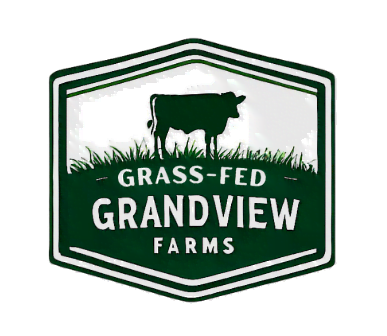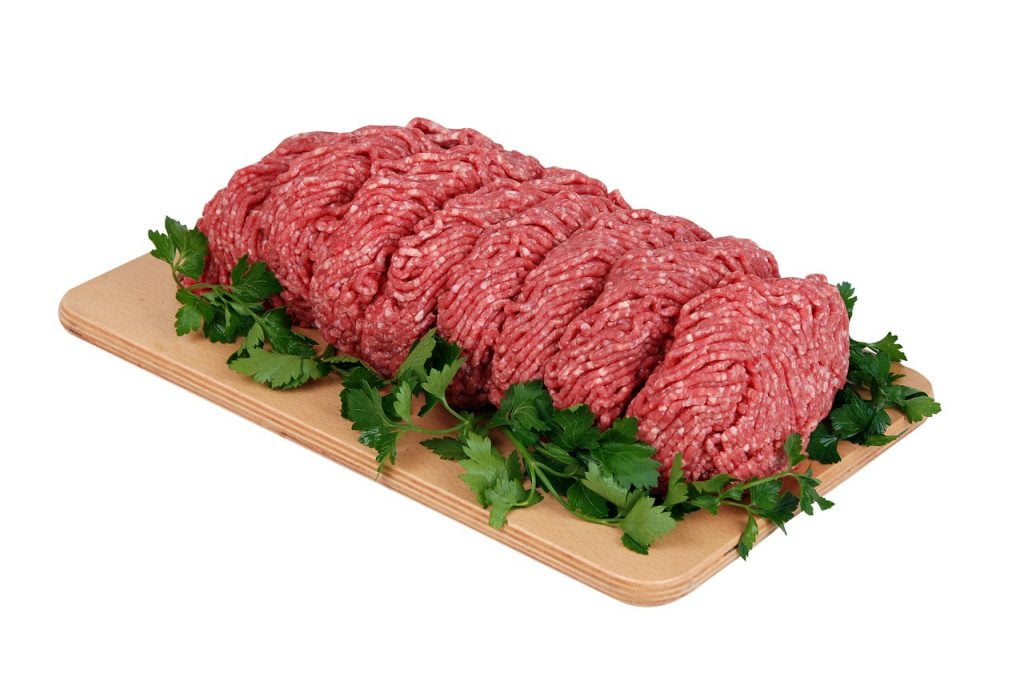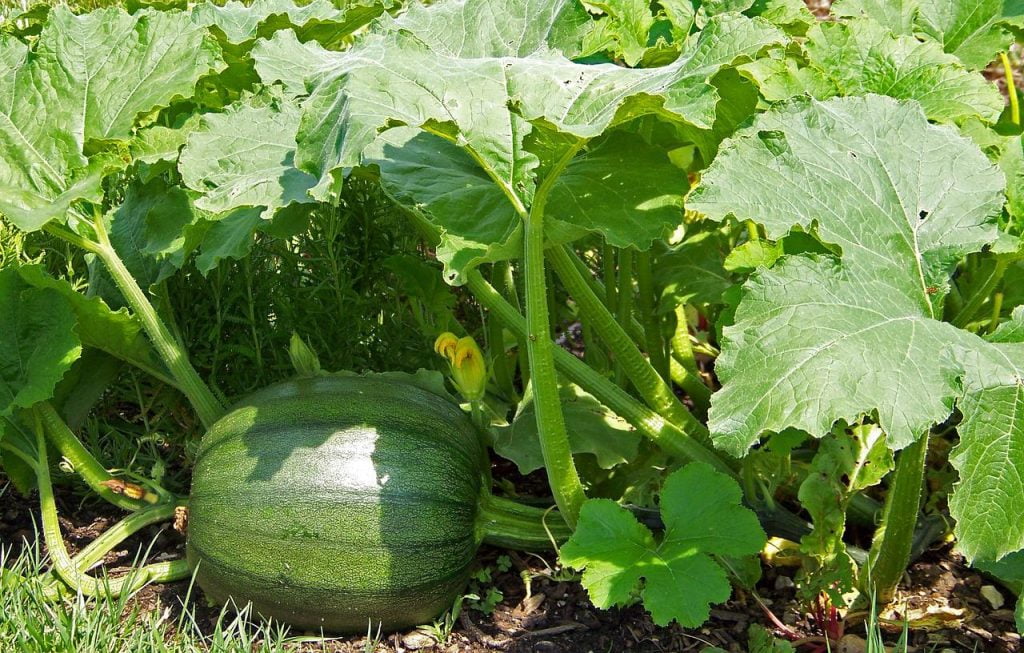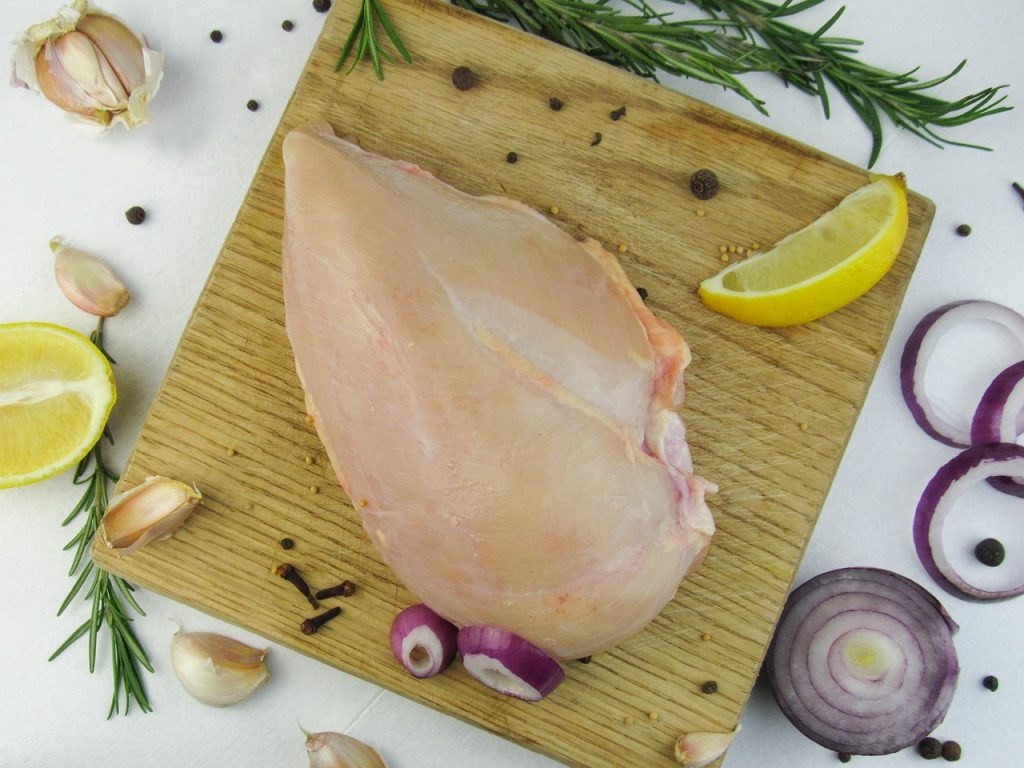
Hosting a gathering doesn’t have to mean compromising your eco-conscious values. In fact, with a little creativity, you can whip up a delicious and sustainable feast that will impress your guests and leave a positive impact on the planet. And what better centerpiece for such an occasion than a succulent, slow-cooked brisket? This flavorful cut of meat, often sourced from grass-fed cattle raised on sustainable farms, is not only delicious but also aligns perfectly with your eco-friendly ethos. But the true magic happens with the Brisket sides !
This guide delves into the world of sustainable brisket sides, offering a delectable selection of options that are good for your guests, good for the planet, and bursting with flavor. We’ll explore various subheadings; each focusing on a specific aspect of eco-friendly side dish creation and provide you with mouthwatering recipe inspiration along the way. So, fire up your grill, gather your ingredients, and get ready to create a sustainable feast that everyone will remember!
Locally-Sourced, Seasonally-Savvy Sides
The Why: Opting for local, seasonal produce reduces your carbon footprint significantly. By minimizing transportation and storage needs, you ensure fresher ingredients and support local farmers, creating a win-win situation.
The Stats: The National Sustainable Agriculture Information Service (ATTRA) reports that buying local food reduces transportation-related greenhouse gas emissions by an average of 1,200 miles per dollar spent. Additionally, a 2018 study published in the journal “Nature Sustainability” found that local food systems can contribute to biodiversity conservation and improved soil health.
Recipe Inspiration:
Roasted Root Vegetables with Herb Butter: Toss colorful root vegetables like carrots, parsnips, and turnips with olive oil, salt, pepper, and your favorite herbs. Roast until tender and caramelized for a vibrant and flavorful side.
Summer Corn Salad with Grilled Zucchini: Combine fresh corn kernels, grilled zucchini slices, cherry tomatoes, red onion, and a light vinaigrette for a refreshing and seasonal salad.
Winter Greens with Maple-Glazed Squash: Sauté kale or spinach with shallots and garlic, then top with roasted butternut squash drizzled with a sweet and savory maple glaze.
Fun Food Fact: Did you know that a single avocado tree can produce up to 200 avocados per year? When buying seasonal fruits and vegetables, you’re not just supporting the environment, you’re also enjoying the peak flavor and nutritional value of each ingredient.
Plant-Based Powerhouses: Brisket sides Meatless Marvels
The Why: Including plant-based options not only caters to vegetarian and vegan guests but also reduces your overall environmental impact. Meat production generates significant greenhouse gas emissions, so incorporating plant-based alternatives is a conscious choice.
The Stats: A 2018 study published in the journal “Science” found that animal agriculture accounts for 14.5% of global greenhouse gas emissions. Additionally, a 2020 report by the Food and Agriculture Organization of the United Nations (FAO) states that animal agriculture is a major driver of deforestation and land degradation.
Recipe Inspiration:
Lentil Shepherd’s Pie: Replace ground meat with cooked lentils in a classic shepherd’s pie recipe. Top with creamy mashed potatoes and bake until golden brown for a hearty and comforting dish.
Quinoa Salad with Roasted Vegetables and Tahini Dressing: Combine cooked quinoa with roasted vegetables like bell peppers, broccoli, and chickpeas. Dress with a flavorful tahini sauce for a protein-packed and satisfying side.
Black Bean Burgers with Sweet Potato Fries: Grill homemade black bean burgers served on whole-wheat buns with a side of crispy sweet potato fries for a fun and flavorful alternative to traditional burgers.
Fun Food Fact: Chickpeas, a staple in many plant-based dishes, are not only nutritious but also fix nitrogen in the soil, improving its fertility and reducing the need for synthetic fertilizers. By incorporating chickpeas into your diet, you’re contributing to healthier soil and a more sustainable food system.
Minimizing Waste: Brisket sides with Creative Scraps & Leftovers
The Why: Reducing food waste is crucial for environmental sustainability. By using up scraps and leftovers creatively, you can minimize your environmental impact and create delicious new dishes.
The Stats: The Food and Agriculture Organization of the United Nations (FAO) estimates that one-third of all food produced globally is wasted each year. This translates to approximately 1.3 billion tons of food wasted annually, with significant environmental and economic consequences.
Recipe Inspiration:
Bread Pudding with Winter Spices: Repurpose stale bread into a comforting bread pudding infused with warm winter spices like cinnamon, nutmeg, and ginger. Serve with a creamy vanilla sauce for a decadent dessert.
Vegetable Broth from Kitchen Scraps: Save vegetable scraps like onion peels, carrot tops, and celery ends to make a flavorful and nutritious vegetable broth. Use this broth in soups, stews, or risottos for added depth of flavor.
Fun Food Fact: Did you know that coffee grounds can be composted or used as a natural fertilizer for your plants? By finding creative uses for food scraps, you can not only reduce waste but also nourish your garden and contribute to a more circular food system.
Beyond the Plate: Sustainable Hosting Tips
The Why: Sustainability extends beyond the food itself. Consider eco-friendly practices throughout your gathering to make a holistic impact.
Tips:
Use reusable dishware and napkins: Ditch disposables and opt for reusable plates, cups, and cutlery. This reduces waste and creates a more elegant dining experience.
Decorate with natural elements: Utilize seasonal flowers, potted plants, or recycled materials for decorations instead of balloons or single-use items.
Encourage carpooling or public transportation: Suggest carpooling or offer directions to public transportation options for guests to minimize their carbon footprint.
Compost food scraps and yard waste: Set up a compost bin to collect food scraps and yard waste, creating nutrient-rich compost for your garden.
Fun Food Fact: Bees are essential for pollinating many fruits and vegetables. By planting bee-friendly flowers in your garden or supporting local beekeepers, you’re not only contributing to biodiversity but also ensuring a healthy and sustainable food system.
By following these tips and incorporating the delicious and sustainable recipes provided, you can host a gathering that’s good for your guests, good for the planet, and bursting with flavor. Remember, small changes can create a big impact, and every sustainable choice you make contributes to a healthier and more delicious future for all.
Thank you for reading blogs from Grandviewfarms.
You may also like:
Ultimate Crunch, Ultimate Cheese: The Bacon and Cheddar Burger is the King of the Grill
Budget-Friendly Feasts: Beef Liver – The Affordable Superfood that Packs a Flavor Punch
From Nose to Tail, Don’t Miss the Tailgate! Epic Butcher Shop Specials Await




